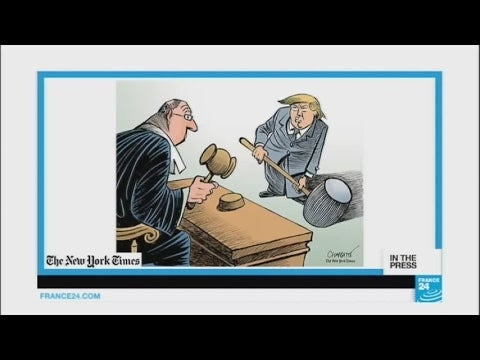 An Explanation of Separation of Powers With Relative Examples.
An Explanation of Separation of Powers With Relative Examples.
See more of Separation of Powers on Facebook. Create New Account. Log In. Forgot account? The term "trias politica" or "separation of powers" was coined in the 18th century by Charles-Louis de Secondat, baron de La Brède et de Montesquieu. Create New Account. Due to the absent of a written constitution in the United Kingdom, there is no separation of powers. Education in Merbok. the doctrine of the separation of powers was no longer an English theory; it had become a universal criterion of a constitutional government. However, the actual separation of powers amongst different branches of government can be traced to ancient Greece. The term separation of powers originated with the Baron de Montesquieu, a writer from the 18th-century French enlightenment. Instead of having one branch that does everything, it is much more productive having separate branches completing their different tasks. Thus, the Separation of powers is a living force in all democratic countries as a check to irresponsible power. The separation of powers also provides a series of checks and balances, so that if one branch of government overreaches its power or infringes on the rights of citizens, the other branches can intervene. Select the credentials you want to use to logon to this SharePoint site: Because of this additional separation of powers in semipresidentialism, with the division of the executive into two unequal components, the constitutional tensions are structural and, given this, there is always the potential for warring executives. The separation of powers in Australia’s State constitutions is less clear than in the Commonwealth Constitution. 3 check-ins. The separation of powers is imitable for the administration of federative and democratic states. Editors Note: The doctrine of separation of powers is essentially what fortifies the three pillars of democracy. "6 Let us recall the USA and France to show that the doctrine of the separation of powers has different meaning in different countries. The concept of a separation of powers has a long history that can be traced back to the ancient Greek philosopher Aristotle. It is clearly evident in the Second Treatise of Civil Government, a 1690 political manuscript written by Englishman John Locke.However, the separation of powers is most commonly associated with a French political philosopher named Baron de Montesquieu. Under this rule the state is divided into three different branches- legislative, executive and judiciary each having different independent power and responsibility on them so that one branch may not interfere with the working of the others two branches. Without such a demarcation, the point of such offices and such pillars is redundant, and the nation might as well be a dictatorial state, with all three pillars working in collusion.
 An Explanation of Separation of Powers With Relative Examples.
An Explanation of Separation of Powers With Relative Examples. An Explanation of Separation of Powers With Relative Examples.
An Explanation of Separation of Powers With Relative Examples.